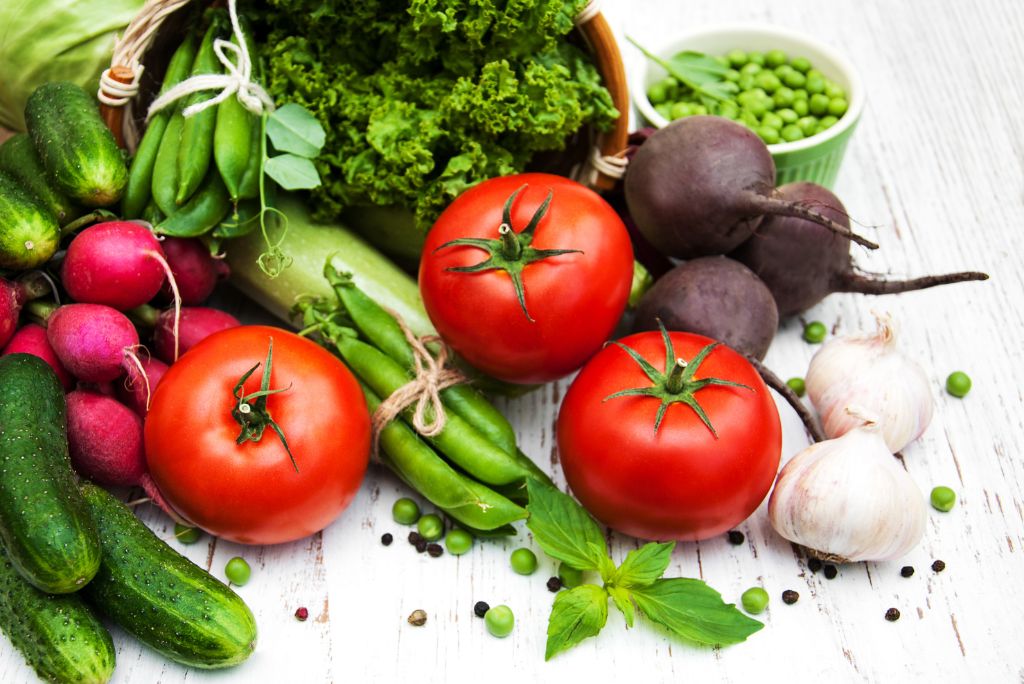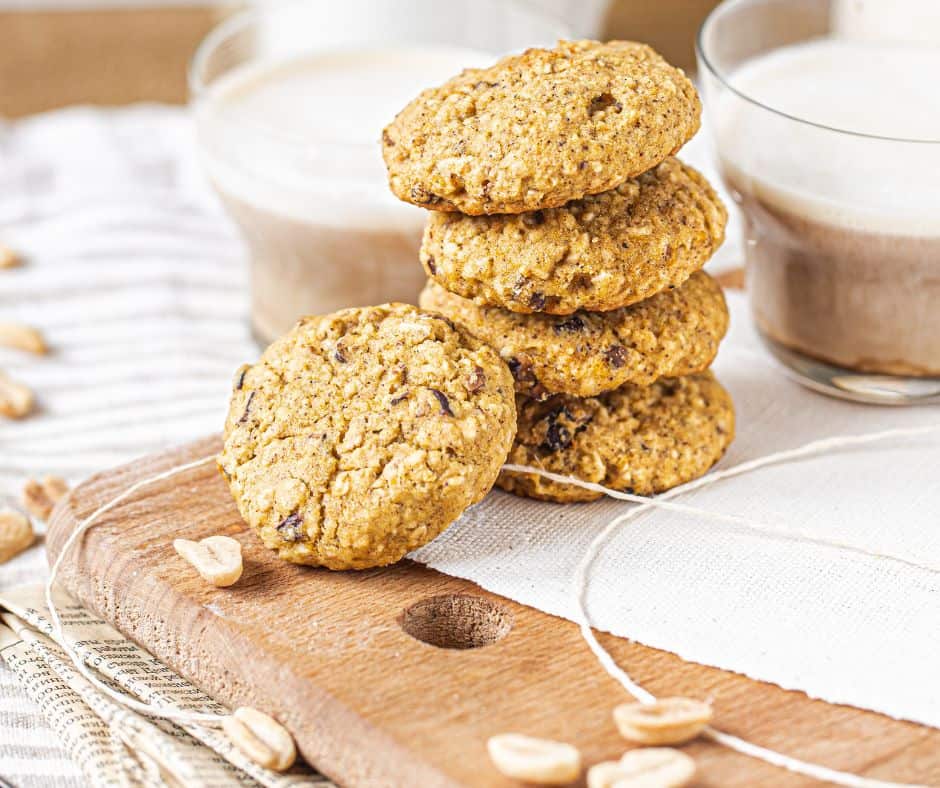Lịch sử
mua hàng

Breastfeeding mothers with a higher intake of vegetables, vitamins, and metal elements produced more human milk oligosaccharides (HMOs) in their breast milk, according to an observational study funded by Abbott Nutrition R&D Center in Shanghai.
Involving 277 mothers from Tianjin, the researchers collected 383 breast milk samples and conducted food frequency questionnaires with the mothers from the start to the 400th day of postpartum.
In particular, the dietary intake of vitamins B1 and B2 was positively linked with the production of 2'-fucosyllactose (2'-FL) - the most abundant HMO in breast milk.
The findings, published in Nutrients, are said to be the first report to demonstrate the link between dietary intake of vitamins, metal elements, vegetables, and lactose with breastmilk HMO concentrations.

The dietary intake of vitamin B1 and B2 were positive predictors for 2'-FL and the sum of 2'FL and 3-fucosyllactose (3-FL) concentration in breast milk.
"Our results, in accordance with the previous study, both suggest that vitamin supplements might be a positive nutrition factor to enhance milk HMO concentration in lactating mothers," said the researchers.
On the other hand, vegetables, vitamins A, B3, and C were the positive predictors of 3-FL in breast milk.
Vegetable consumption was linked to 3-FL concentration possibly due to the high concentrations of vitamins that it contains, the researchers explained.
Including 2-FL and 3-FL, six different HMOs were detected in the mother's milk.
These six HMOs represent 40 percent of existing HMOs and cover all major types of HMOs, namely fucosylated, sialylated, and acetylated HMOs.
Metal elements were positively associated with the sum of all the six HMOs.
However, metal was not a significant predictor of any single HMO in the study. This suggests that metal may promote a wide range of HMO concentrations and may work through a different mechanism than other nutrients which seem to be associated with individual HMOs.

Milk and lactose intake was a positive predictor of the other HMOs such as Lacto-N-tetraose and the sum of Lacto N-tetraose and Lacto-N-neotetraose.
Interestingly, cookie consumption was the only factor negatively correlated with HMO concentration.
This suggests that "high-sugar and high-fat foods were negatively associated with the HMO concentrations in breast milk," said the researchers.
In fact, this is the first time that the team has pointed out a negative correlation between high-sugar and high-fat foods with HMOs.
The researchers believe that vegetables, vitamins, and metal elements are positively linked to HMO concentrations due to their ability to promote enzyme activities linked with HMOS synthesis. However, the plausible mechanism and possible confounding factors would require further research.
Nguồn:https://www.nutraingredients-asia.com/